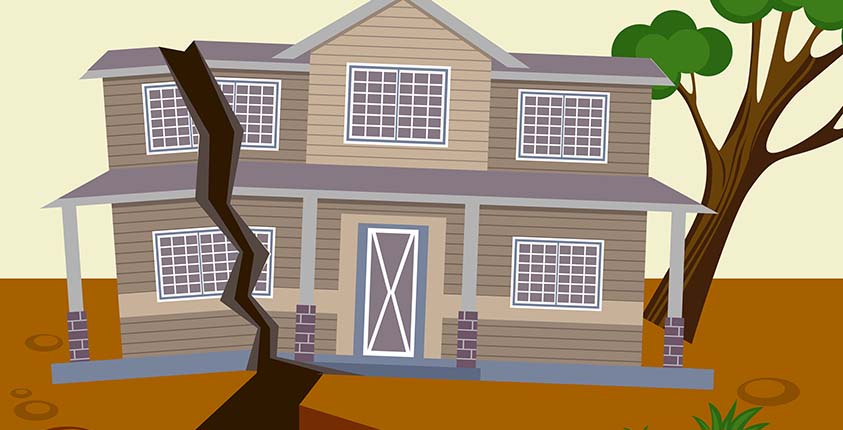5 Ways to Prep Small Businesses Facing Natural Disasters

I had originally considered titling this post something along the lines of “the best ways to protect a small business from emergencies.” But the truth is no entrepreneur truly can do any of that. From hurricanes to earthquakes, the best we can do when Mother Nature strikes is to take as many safety precautions as possible before, after, and during the disaster. In many cases, even that isn’t enough—and according to the Institute for Business and Home Safety, 25 percent of businesses don’t open again after disasters.
It’s better to be safe—or at least safely prepped—than sorry during an emergency so we’ve rounded up five ways to ensure that all aspects of your company from customers to paperwork have been taken care of and planned for well in advance.
1. Communicate with your clients and customers
If there’s a severe storm or major weather trouble on the horizon, don’t leave your customer base in the lurch. Establish a crisis communications plan for how you will deliver disaster messaging to your audience. Make sure your customers clearly understand how this natural disaster may affect your business, including possible delays in shipment deliveries and orders, and the best methods available to contact your business. Engage before and after the crisis via social media, e-newletters, and signage if you run a brick and mortar storefront to alert customers of shortened hours or days you may have to be closed entirely.
2. Communicate with employees
One of the biggest priorities a company should be concerned with during a natural disaster is the safety of its employees. It’s important to implement, update, and review emergency procedures with your team on a seasonal basis.
For small businesses, the American Red Cross recommends developing an emergency preparedness checklist. Within this checklist, make sure that employees know and understand whether business operations will continue post-disaster, if each employee has a clearly defined role in first aid or CPR, where safety equipment and stocked disaster kits are kept (as well as how to use said equipment and kits), and resources to contact including the fire department and local American Red Cross chapter. Also keep in mind the needs of any employees with disabilities, the best evacuation routes from your business, and locations where employees can safely go to take shelter.
3. Manage your paperwork
As you focus on keeping in touch with your customers and informing your team on what to do next, you’ll also need to pay attention to your paperwork. Prep to ensure that your records are safely stored. Create backups of electronic files, keep tax paperwork organized, hang on to other necessary documents via email, and back up valuable company data and information via the cloud.
4. Contact insurance, as needed
What kinds of other natural disasters have impacted the area your business is located in, whether that’s recently or not-so-recently? If you haven’t already done so, review policies with your insurance agent to find out what kind of coverage is available outside of general policies you may already have such as flood insurance. In the aftermath of a natural disaster, you may need to reach out to the Federal Emergency Management Agency (FEMA) for greater financial assistance. Remember to keep in mind that many small businesses may be in the same boat you are and that you will still need to file insurance claims and apply for federal loans (as needed) accordingly.
5. Assist others as much as possible
Now is the time for the community to support one another. If you already developed an emergency preparedness checklist, but aren’t sure if neighboring businesses have one of their own, share it with them. Repairing a business after a natural disaster, how matter how great the impact, is not a task that happens overnight and it’s up to you to be ready to weather the storm with your fellow entrepreneurs and rebuild together.
